The Pyramids of Giza, located just outside Cairo, Egypt, are among the most iconic structures in the world. Built thousands of years ago, their construction has fascinated historians and travelers alike. Behind their massive stone blocks lie surprising stories that challenge what we think we know. Let’s uncover the intriguing details that make the Pyramids of Giza so remarkable.
The Labor Force Wasn’t Slaves
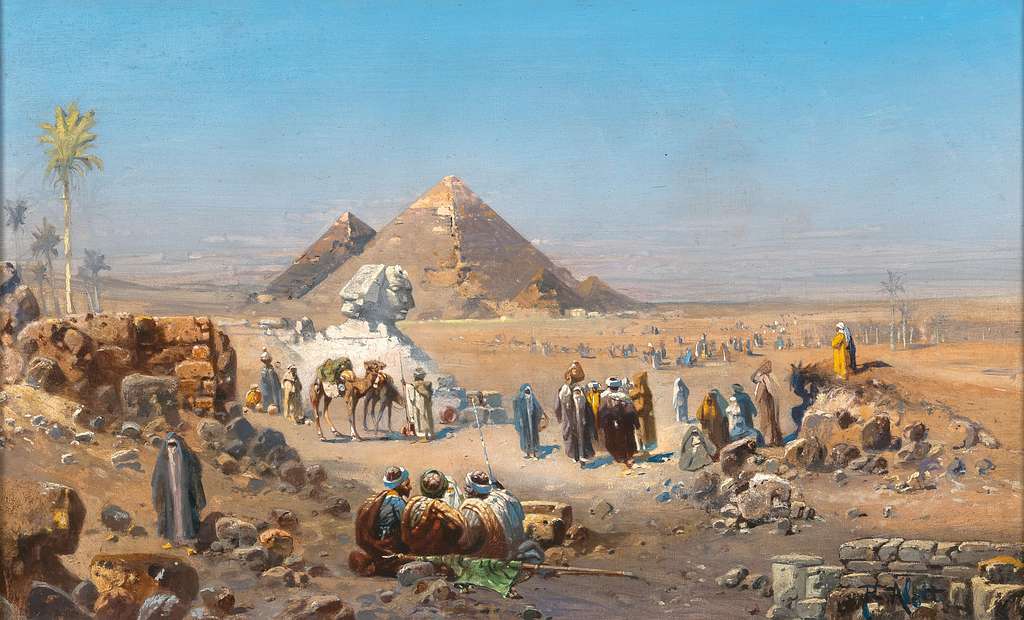
Contrary to popular belief, the labor force that built the Pyramids of Giza wasn’t made up of slaves. Recent archaeological discoveries suggest that the workers were skilled laborers who were well-fed and housed in nearby villages. They were likely farmers who worked on the pyramids during the off-season. This challenges the long-standing myth of slave labor.
Mystery of the Limestone Casing
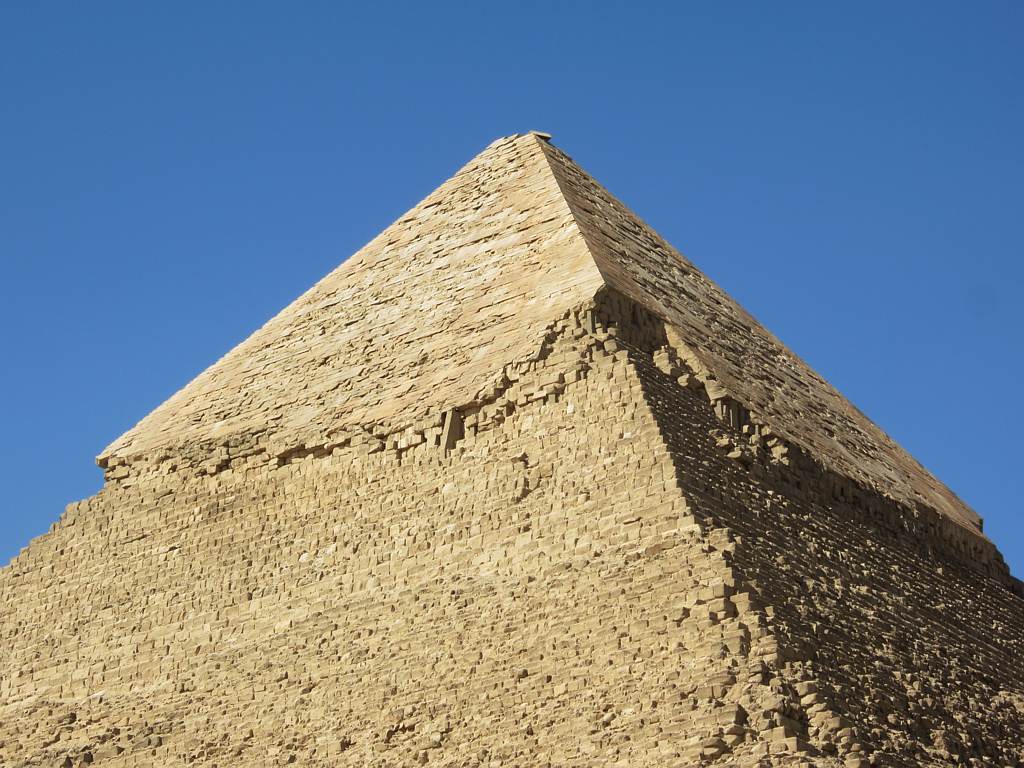
Originally, the Great Pyramid was covered in smooth, white Tura limestone, making it gleam in the sun. Over time, most of this casing was removed, likely reused in other construction projects in Cairo. The gleaming appearance was meant to symbolize the rays of the sun, connecting the pharaoh to the sun god Ra. This casing would have made the pyramid visible from miles away.
Advanced Engineering Techniques
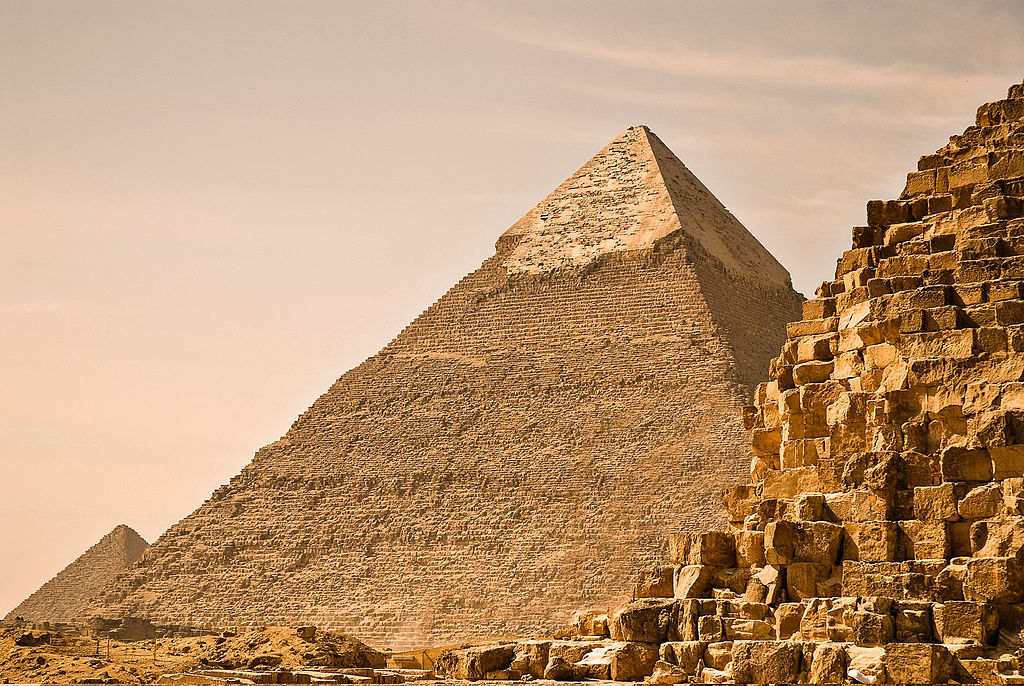
The construction of the pyramids required advanced engineering techniques that still baffle experts today. The massive stones, some weighing up to 80 tons, were transported from quarries and precisely placed without the use of modern machinery. The exact methods used remain a topic of debate, with theories ranging from ramps to a system of levers. This showcases the ingenuity of the ancient Egyptians.
The Hidden Chambers
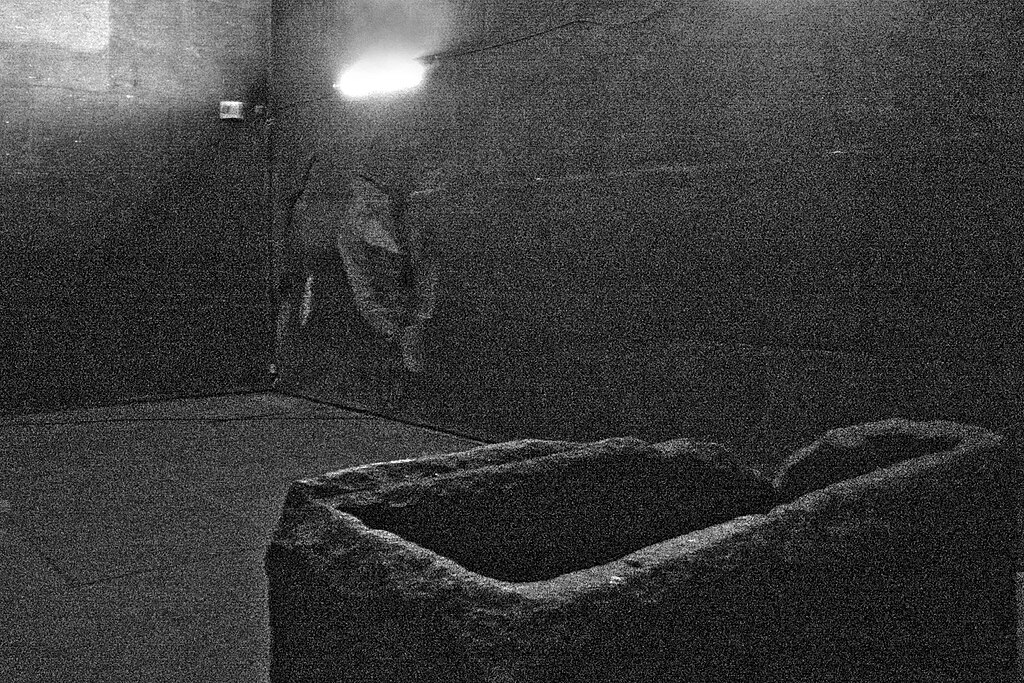
The Great Pyramid contains several hidden chambers and passageways, some of which were only recently discovered. These chambers were likely built to confuse tomb robbers and protect the pharaoh’s treasures. The most famous is the King’s Chamber, which was built using enormous granite blocks. The purpose and content of some chambers remain a mystery.
The Workers’ Village
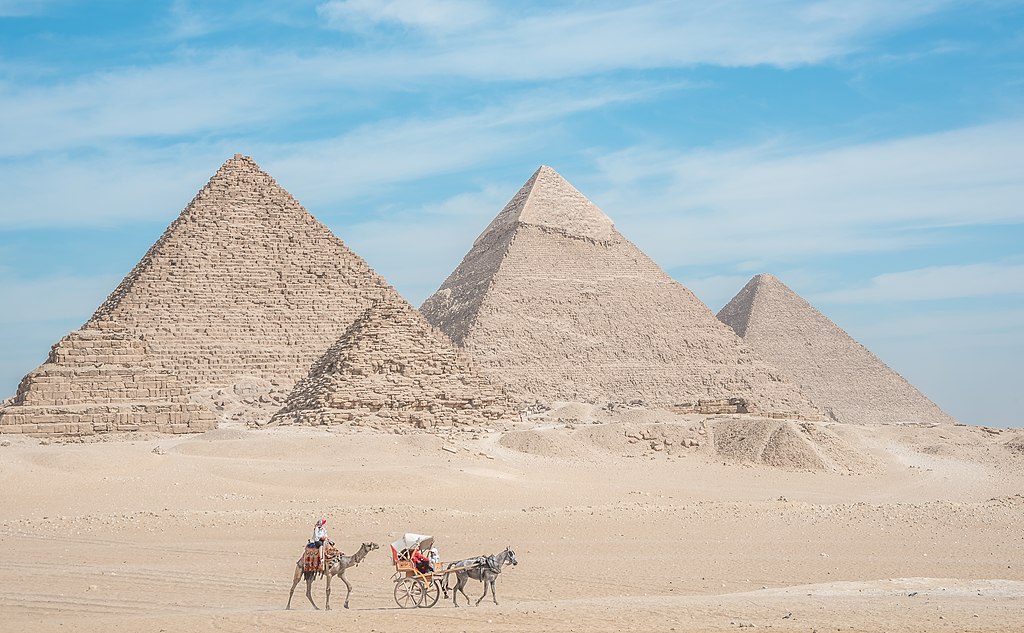
A large settlement for the workers who built the pyramids was discovered near the Giza plateau. This village included barracks, bakeries, breweries, and a cemetery. The presence of these facilities indicates that the workers were well-cared for and not treated as slaves. It provides insight into the daily lives of those who constructed these monumental structures.
The Curse of the Pharaohs
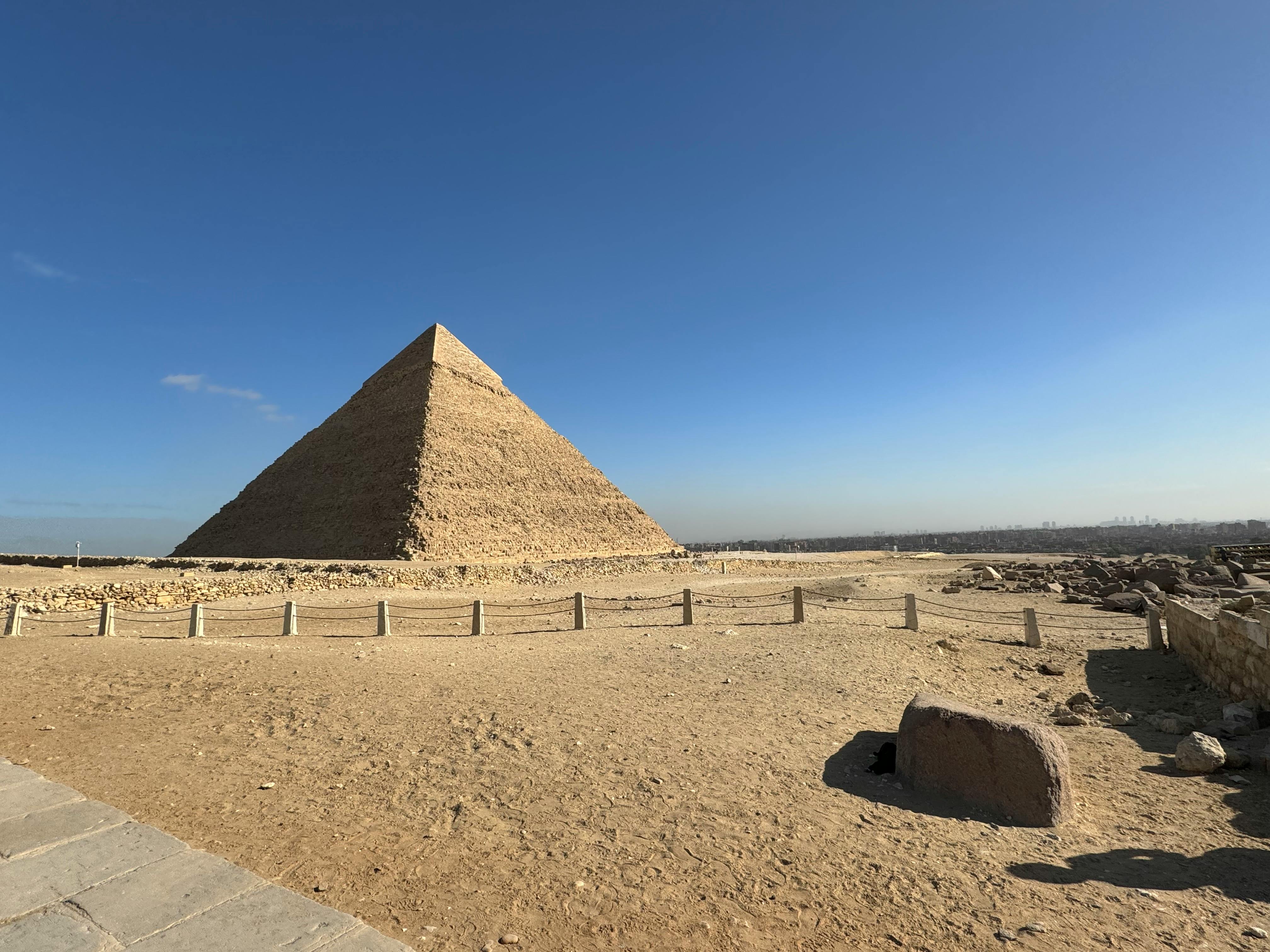
The idea that a curse would befall anyone who disturbed the pyramids is rooted in ancient beliefs. While no formal curses were written in the pyramids, the fear of retribution from the gods was real. Some attribute the deaths of early 20th-century archaeologists to this curse, although it’s more likely coincidental. The legend of the curse adds an eerie mystique to the pyramids.
The Pharaoh’s Solar Boat

A solar boat, intended to carry the pharaoh’s soul across the heavens, was buried beside the Great Pyramid. This boat was discovered in the 1950s and painstakingly reconstructed. It’s now housed in a museum near the pyramid, offering a glimpse into ancient Egyptian beliefs about the afterlife. The boat’s discovery was a major archaeological find.
The Pyramid’s Missing Capstone
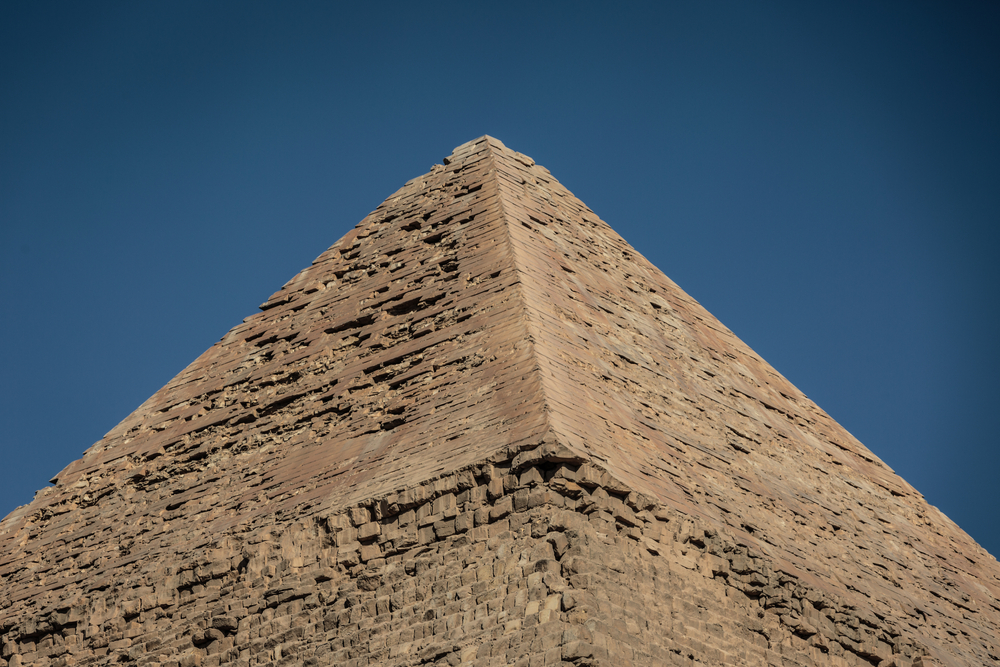
The Great Pyramid was once topped with a capstone, possibly made of gold or electrum, to reflect the sun’s rays. This capstone, known as a pyramidion, has since been lost or stolen. Theories suggest it might have been removed during an earthquake or looted in antiquity. The missing capstone remains one of the pyramid’s many mysteries.
The Role of the Nile River

The Nile River played a crucial role in the construction of the pyramids, providing a transportation route for materials. Stones from quarries upriver were floated down to the construction site on large barges. This reliance on the Nile showcases the ingenuity of the Egyptians in utilizing natural resources. The river was integral to the entire building process.
The Sphinx Connection
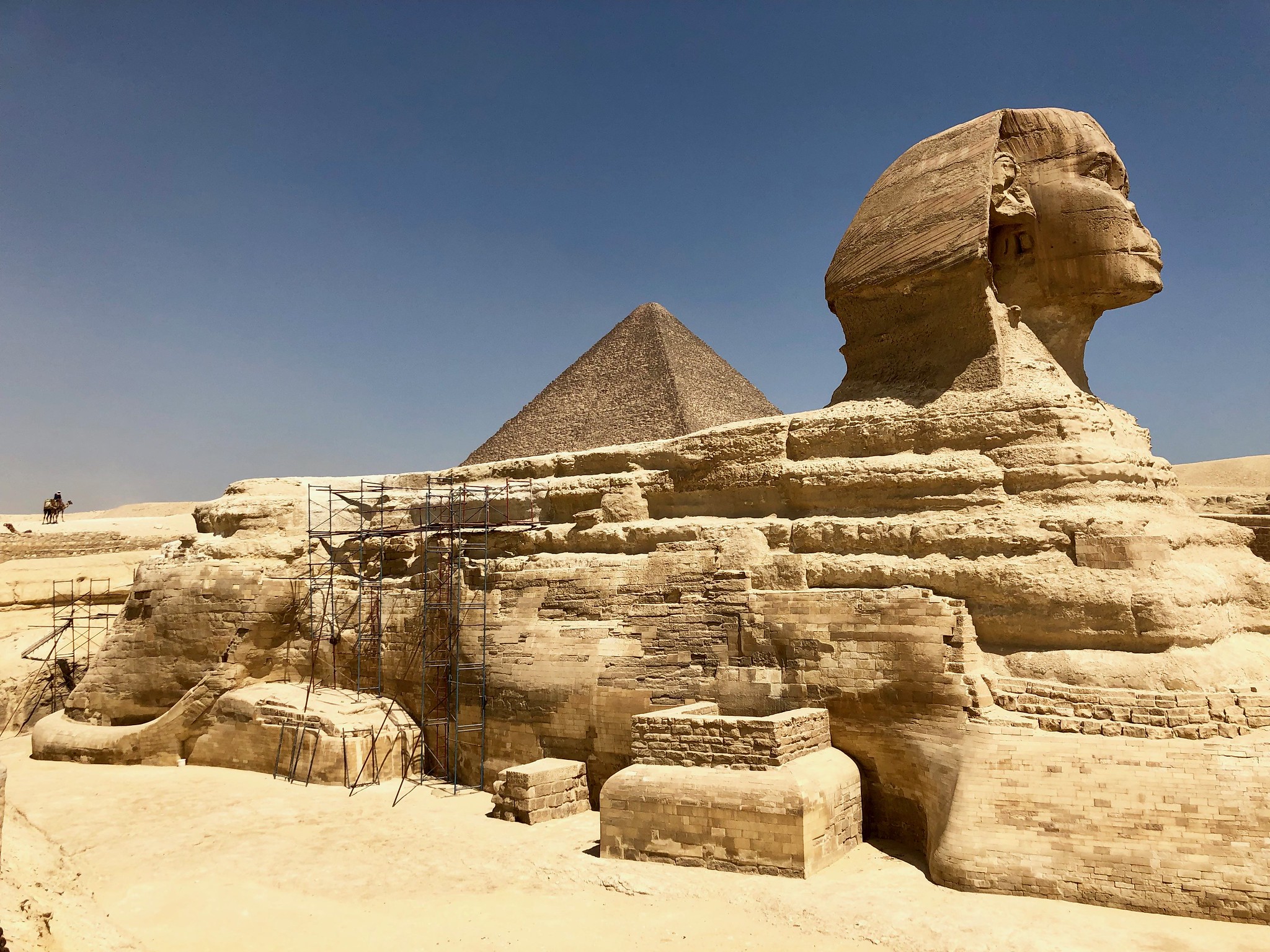
The Great Sphinx of Giza, located near the pyramids, is thought to be connected to the pharaoh Khafre, who built the second pyramid. The Sphinx is believed to bear the likeness of Khafre, symbolizing his power and protection over the Giza complex. Its exact purpose and the reasons for its construction remain debated. The Sphinx adds another layer of mystery to the site.
The Pyramids’ Ventilation Shafts
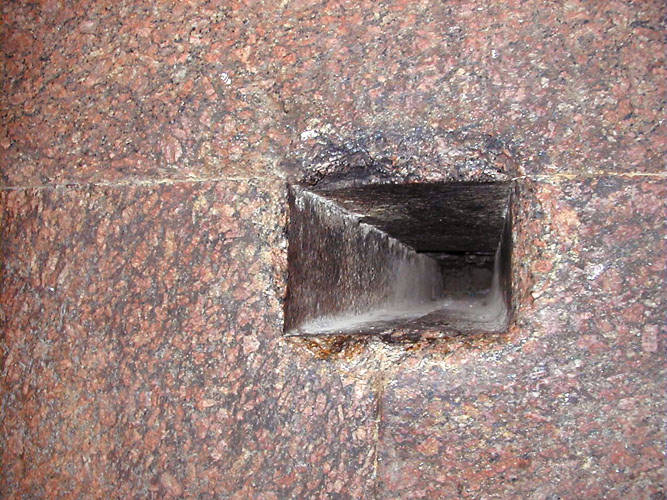
The Great Pyramid contains narrow shafts that were long thought to be air vents. However, these shafts were likely symbolic pathways for the pharaoh’s soul to ascend to the stars. The discovery of these shafts opened up new understandings of ancient Egyptian cosmology. Their precise alignment with celestial bodies remains a marvel.
Surviving Earthquakes
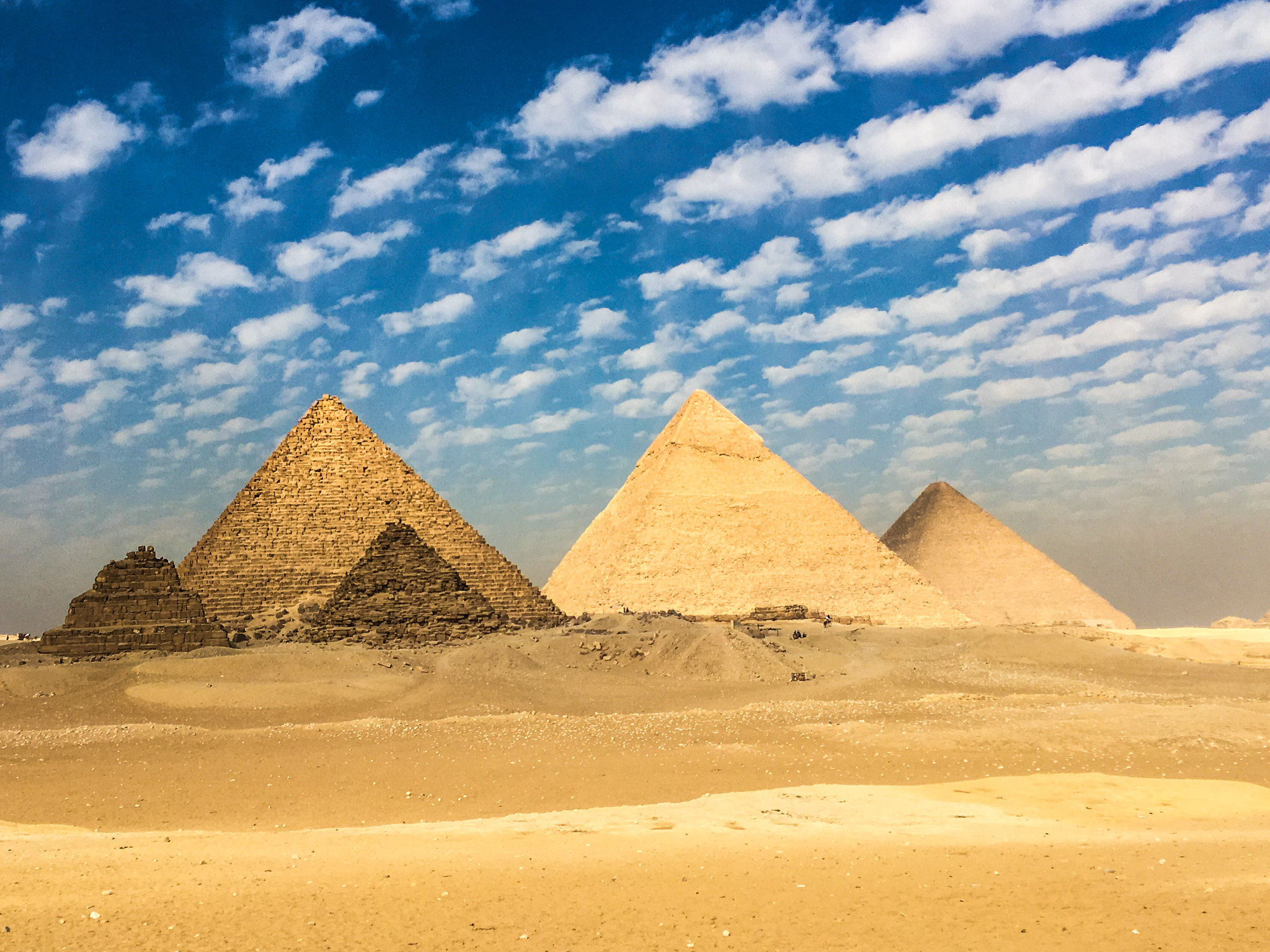
The pyramids have withstood several powerful earthquakes over millennia, a testament to their incredible construction. Their ability to survive these natural disasters is due to their unique design, with each stone block carefully placed to withstand pressure. This durability has allowed the pyramids to remain standing when many other ancient structures have crumbled. It’s a testament to the Egyptians’ engineering prowess.
Construction Timeline
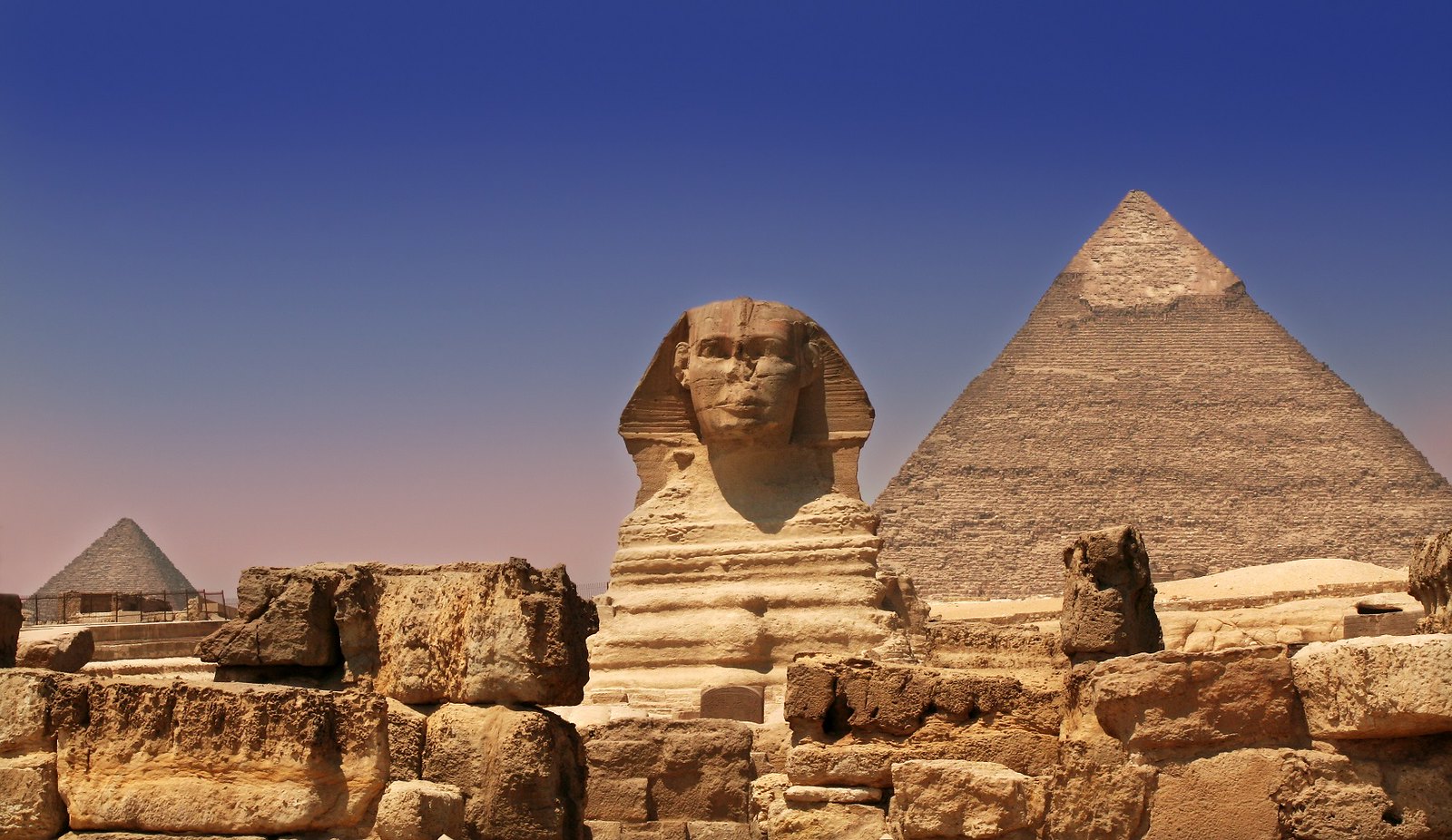
The Great Pyramid was constructed over a period of about 20 years, a remarkably short time given its scale. This rapid construction was made possible by a highly organized workforce and advanced planning. Some estimates suggest that more than 2 million blocks of stone were used. The timeline highlights the Egyptians’ efficiency and determination.
The Pharaoh’s Final Resting Place
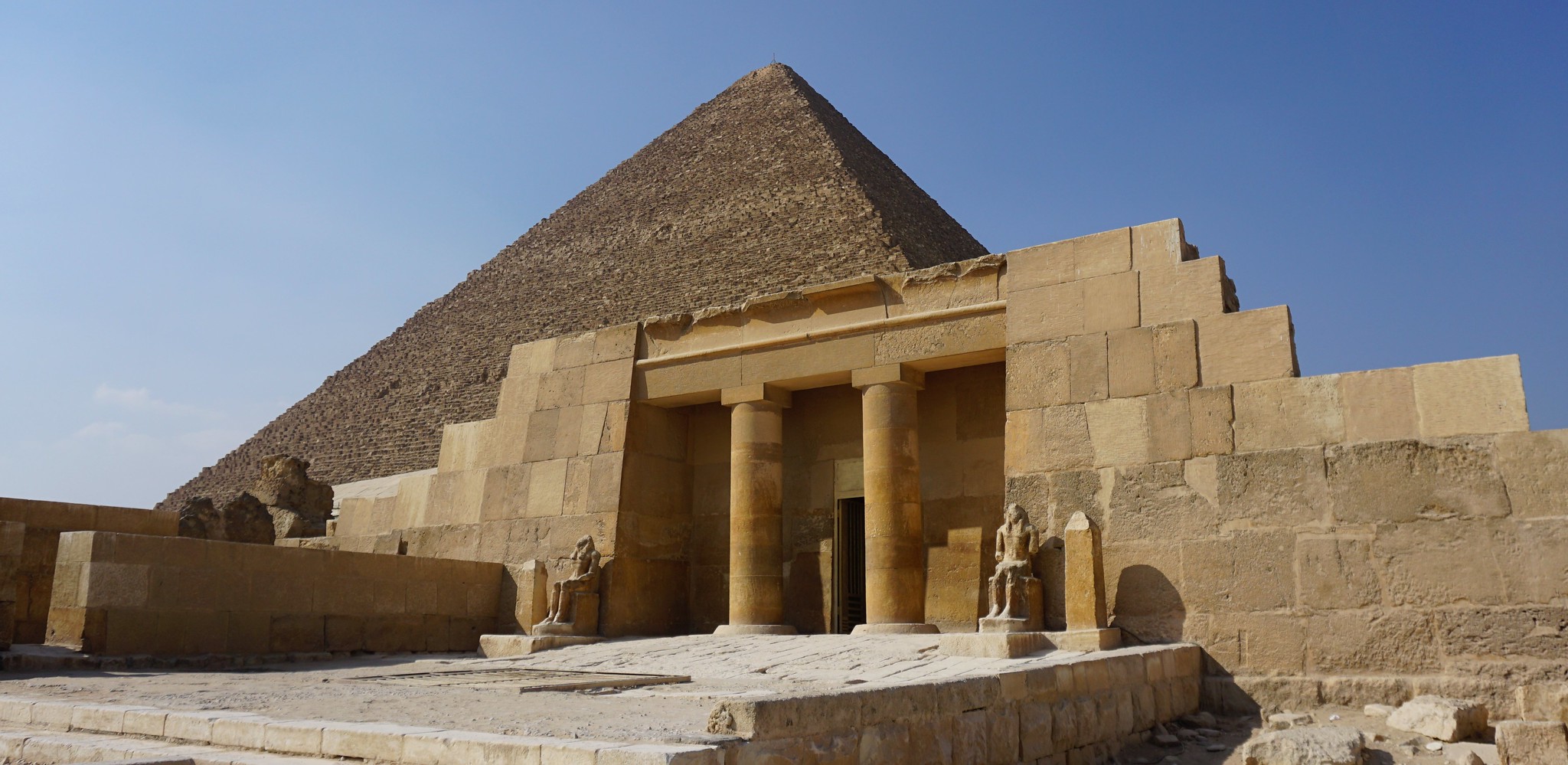
The pyramids were designed as elaborate tombs for the pharaohs, filled with treasures to accompany them in the afterlife. However, most of these treasures were looted in antiquity, leaving the pyramids mostly empty. Despite this, the pyramids continue to symbolize the pharaohs’ journey to the afterlife. Their purpose as tombs is a reminder of the ancient Egyptians’ spiritual beliefs.
The Pyramid’s Mathematical Precision
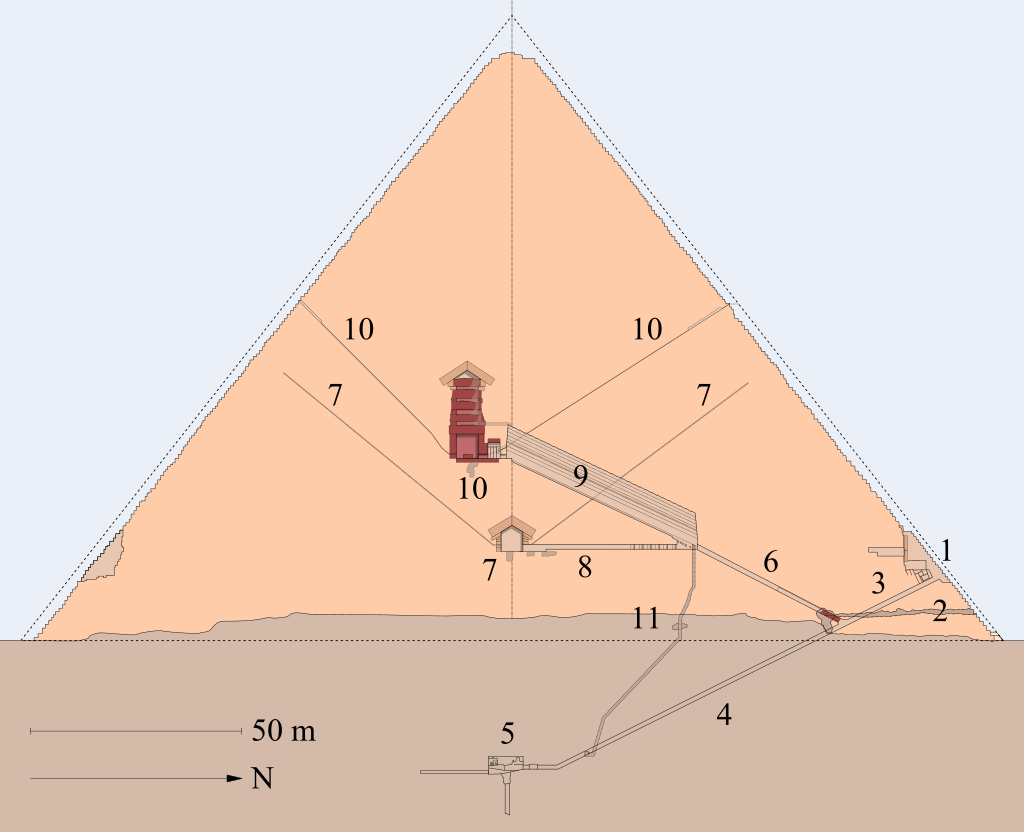
The Great Pyramid is an architectural marvel, with its dimensions showing incredible mathematical precision. The pyramid’s base is almost a perfect square, with sides that are nearly equal in length. Some researchers believe that the Egyptians had a deep understanding of pi and the golden ratio. This precision adds to the awe that the pyramid inspires.
The Pyramid as a Solar Calendar
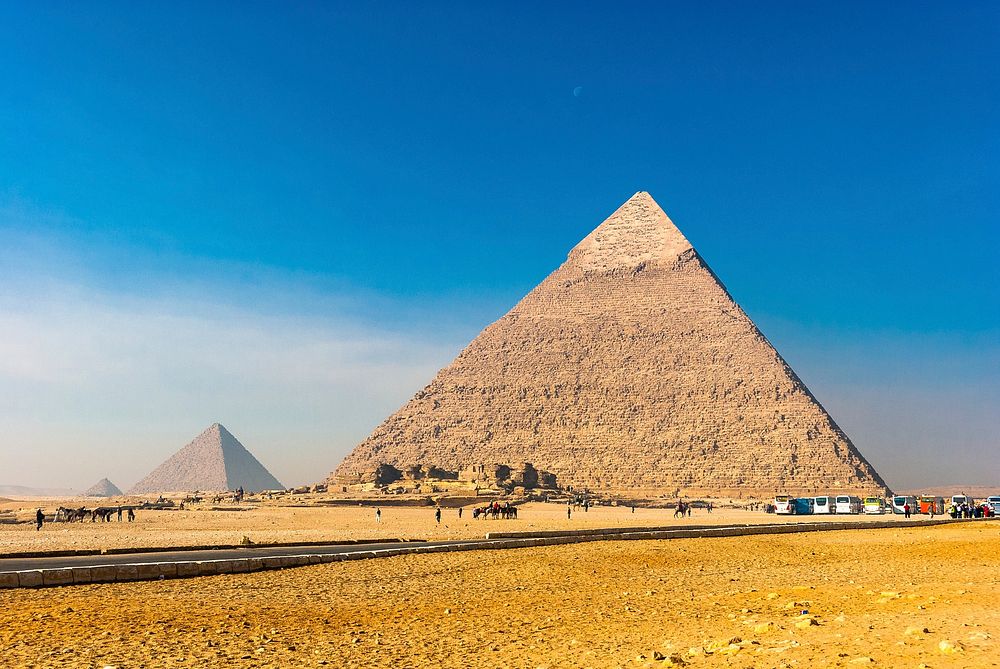
The Great Pyramid may have served as an enormous solar calendar, aligning with the sun during solstices and equinoxes. The pyramid’s shadow and the way it interacts with the sun might have been used to mark important dates. This theory suggests that the pyramid had functions beyond being a tomb. The solar calendar theory emphasizes the Egyptians’ sophisticated knowledge of astronomy.
The Debate Over Construction Techniques
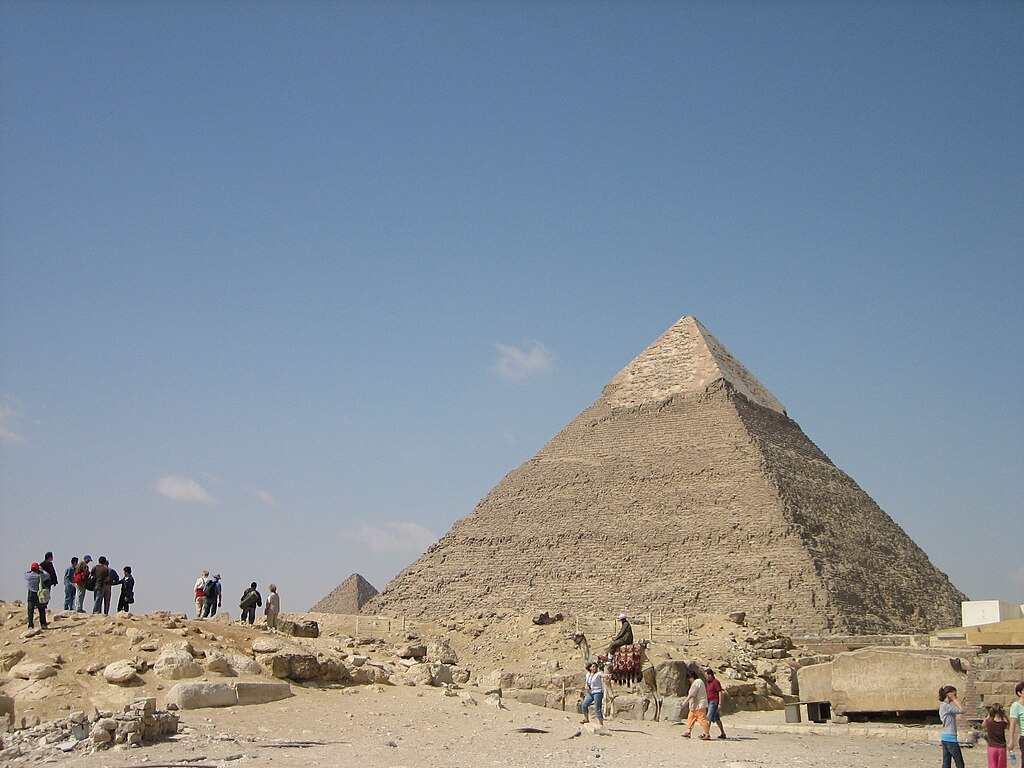
The methods used to construct the pyramids remain a topic of debate, with theories ranging from simple ramps to more complex pulley systems. Some believe that a combination of techniques was used, possibly involving water to help move the massive stones. This ongoing debate highlights the mystery surrounding the pyramids’ construction. It’s a puzzle that continues to captivate experts and laypeople alike.
The Pyramid Builders’ Diet
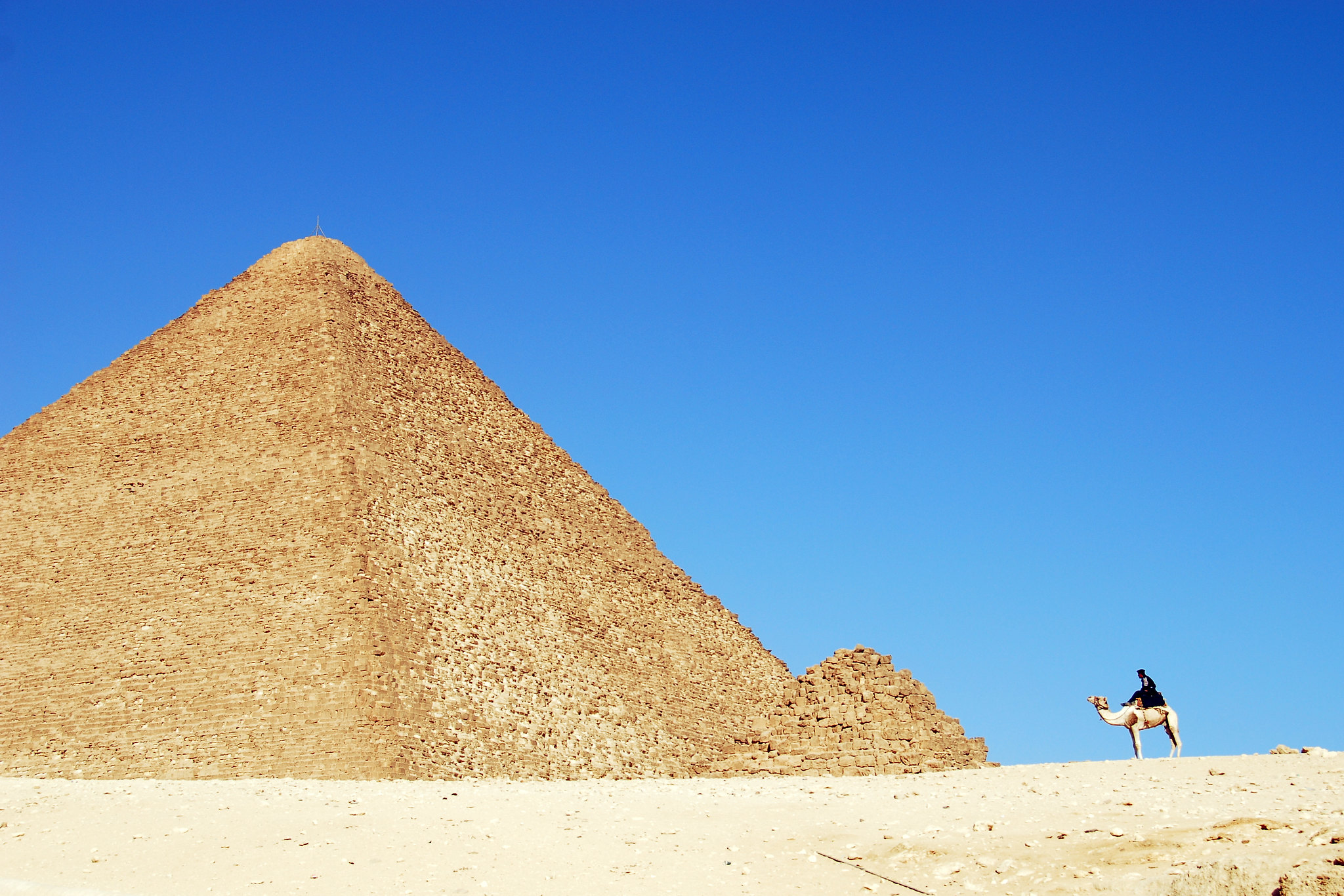
Archaeological evidence shows that the pyramid builders were fed a diet rich in meat, bread, and beer. This diet ensured that the workers had the strength and energy needed for the physically demanding task of constructing the pyramids. The discovery of animal bones and large bakeries near the construction site supports this. It paints a picture of a well-nourished workforce, rather than one of malnourished slaves.
The Pyramids’ Global Influence
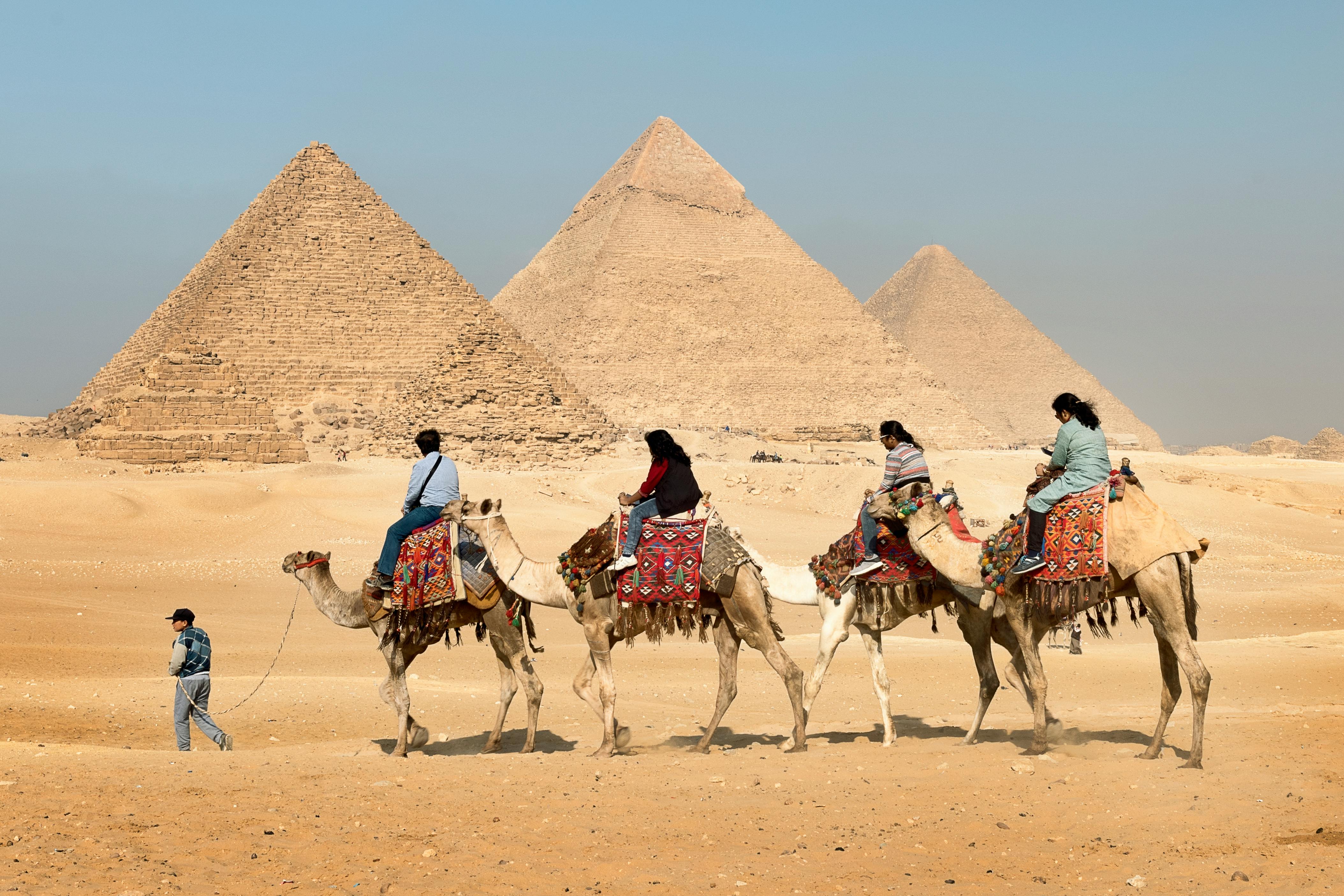
The Pyramids of Giza have influenced architectural design throughout history, inspiring countless structures around the world. From ancient times to the modern era, the pyramid shape has been replicated in various cultures. The influence of the Giza pyramids is seen in everything from tombs to monuments to modern skyscrapers. Their enduring legacy is a testament to their cultural and architectural significance.
This article originally appeared on UnifyCosmos.
More from UnifyCosmos
22 Budgeting Mistakes You Need to Stop Making

Understanding these errors can help you manage your money better and achieve your financial goals. Here are some common budgeting errors you should avoid. Read more!
15 Little-Known Secrets of the Construction of the Colosseum
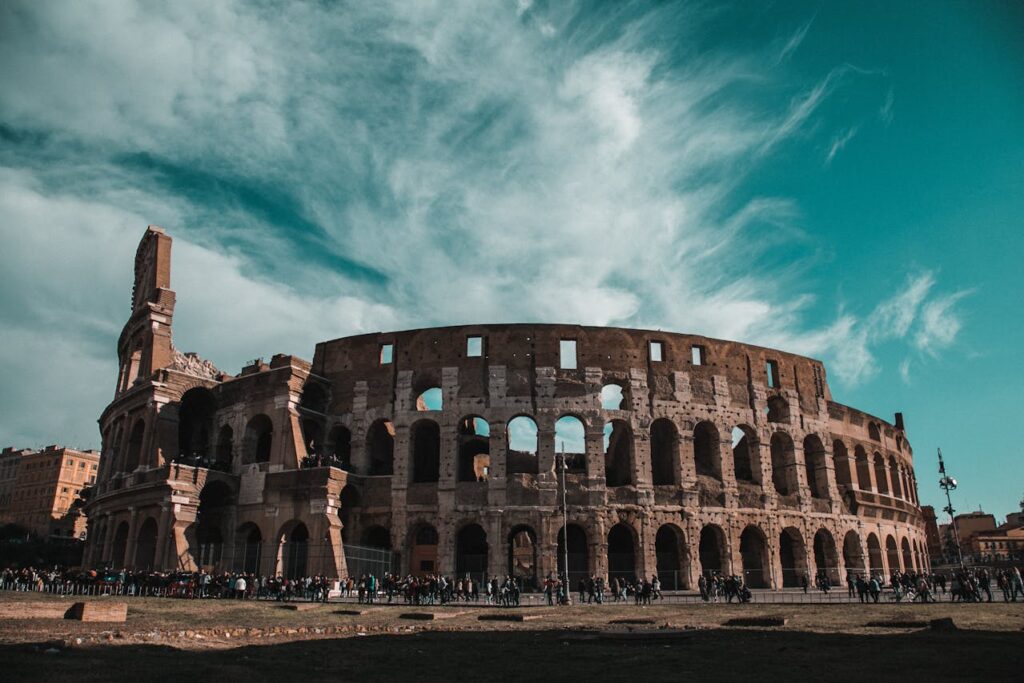
Discovering these hidden aspects reveals the remarkable engineering and effort that brought this iconic structure to life. Read more!
17 Must-Visit National Parks for Thrilling Hiking Trails

Hiking is one of the best ways to connect with nature, and there’s no better place to do it than in some of the world’s most stunning national parks. Read more!
Leave a Reply